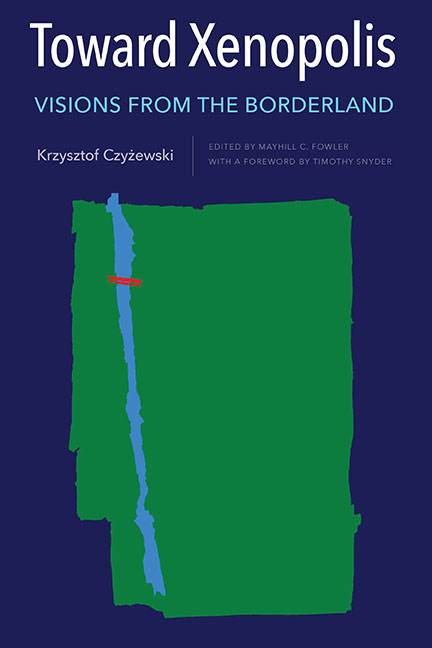Miłosz: A Connective Tissue
Published online by Cambridge University Press: 16 July 2022
Summary
Seen through the lens of a microscope it reminds us of the map of a province with its dense texture of borders, rivers, and roads connected by an interweaving of separate lines. Textus connectivus, connective tissue. The most diversified of all tissues. It produces the intercellular substance, a bond-building and life-giving substance. Histologists call the single fibers, loosely arranged, and separate like Giacometti's lines superimposed on the bond's primer, the ground substance. Immersed in this substance are cells and fibers. The tissue is amorphous, common to all organisms, emerging at the very beginning from the mesenchyme, the still fiberless embryonic connective tissue.
A connective tissue disease weakens the internal milieu of the organism. The production of antibodies stops, and cells lose their ability to deal with “foreign bodies.” The nutritional and regenerative functions, those responsible for plasticity and counteracting blood clotting, become threatened. Surprisingly, it is not the cell itself but the intercellular substance that sustains and protects the internal organs, guaranteeing the integrity of the systems of our body.
Seen through a telescope aimed at the Earth or Sky, the tissue resembles a constellation, society, or community. We can see only its cells: stars, continents, states, and people. We are unable to see the ground substance.
The conversation took place in the Wigry Monastery late in the evening. It was late September 1989. Czesław Miłosz asked us, my wife Małgorzata and me, what we wished to do in the new Poland. Noticing our confusion, his brother, Andrzej, quickly answered: “Well, they told you they wanted to set up a foundation.” We added that we intended to move to Sejny with our friends and families and create a culture center there. “All right then,” the poet insisted, “but what are you actually going to do?” From the chaotic story we began to spin, one thing became clear: we had an interesting experience of alternative theatre and underground activity behind us, but we were unable to name the intuition that had led us to the Polish-Lithuanian borderland and made us seek new forms of cultural work.
- Type
- Chapter
- Information
- Toward XenopolisVisions from the Borderland, pp. 27 - 34Publisher: Boydell & BrewerPrint publication year: 2022



